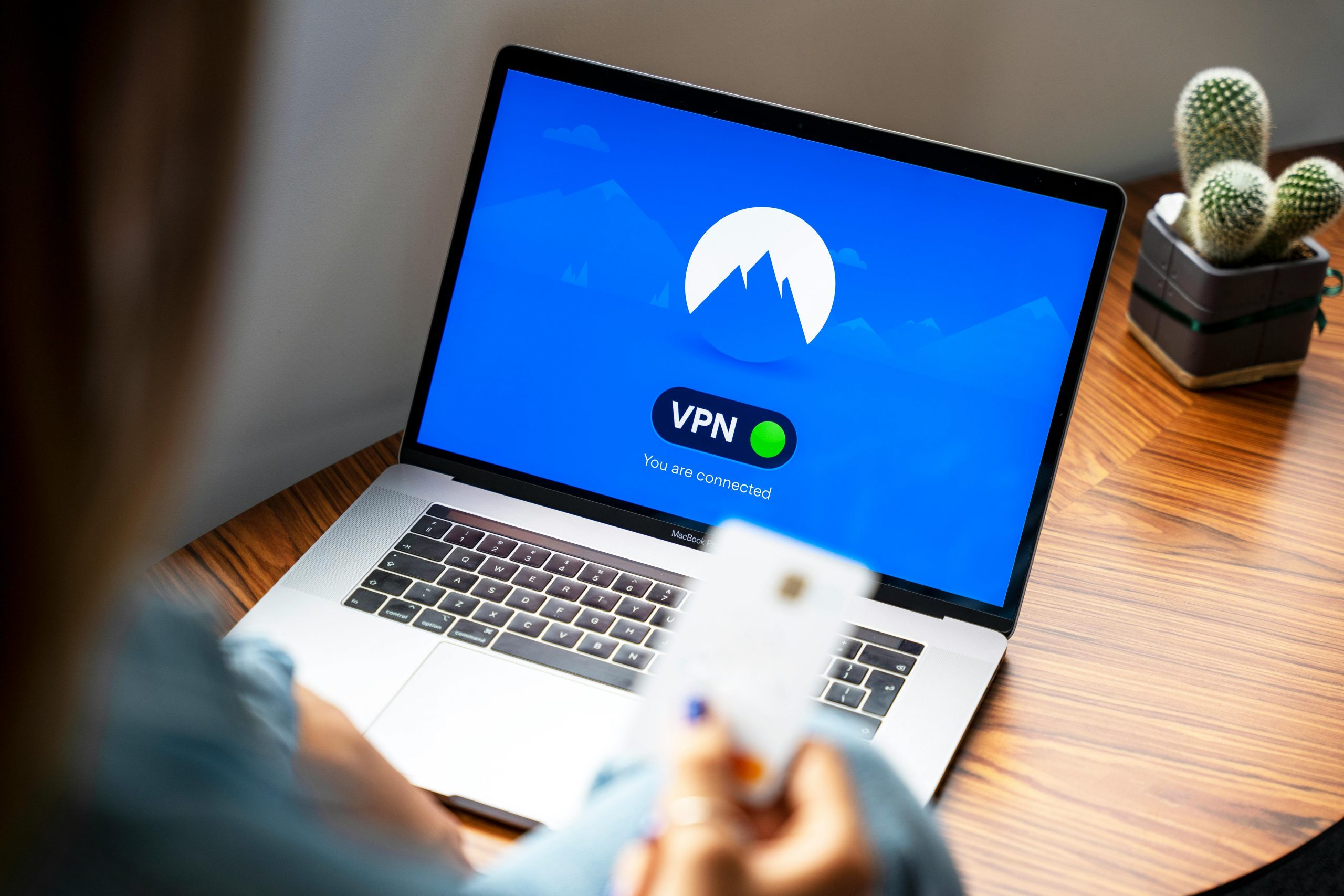Securing Your Windows 10 Device Amid End-of-Life Support: What Are Your Options?
As Microsoft phases out security updates for Windows 10, many users are facing the challenge of maintaining their device’s security without the latest support. This transition raises important questions for individuals whose hardware may not meet the requirements to upgrade to Windows 11, especially when budget constraints make purchasing a new device undesirable. In this article, we explore practical strategies to keep your Windows 10 system safe once official updates are discontinued.
Understanding the Transition Away from Windows 10 Security Updates
Microsoft announced that official support and security updates for Windows 10 will conclude soon, urging users to migrate to Windows 11 for continued security and feature updates. While this shift encourages users to adopt newer hardware, it also presents difficulties for those whose devices are incompatible or cannot afford immediate upgrades.
The Challenges for Windows 10 Users with Incompatible Hardware
Devices like the Microsoft Surface series or other older PCs may not meet Windows 11’s hardware requirements, leaving users in a difficult position. Continuing to operate Windows 10 without security updates can expose your device to vulnerabilities, especially if you frequently handle sensitive tasks such as online banking or work with confidential documents.
Practical Strategies to Enhance Security on Windows 10 Post-Update Support
While the ideal solution might be upgrading to a supported operating system, there are interim measures you can take to bolster your device’s security:
- Install Trusted Third-Party Antivirus Software
Reliable third-party antivirus programs can provide a crucial layer of protection. Choose well-established solutions that receive regular updates and have strong reputations for malware detection. These tools can help mitigate risks associated with outdated security patches.
- Maintain Safe Browsing Habits
Since your activity mainly involves office applications and online banking, exercising caution is vital. Avoid visiting unknown or suspicious websites, refrain from clicking on unfamiliar links, and be wary of email attachments from untrusted sources.
- Keep Software Up to Date
While Windows may no longer provide security updates, ensure that your browsers, office software, and other applications are kept current. Developers release patches for their software independently that can address vulnerabilities.
- Implement Robust Backup Strategies
Regular backups safeguard your data in case of malware infection or system failure. Utilize external drives or cloud storage solutions to keep copies of important files.
- Consider Lightweight Security Solutions
Many security companies offer free or inexpensive tools designed for users with limited hardware resources.
Share this content:



